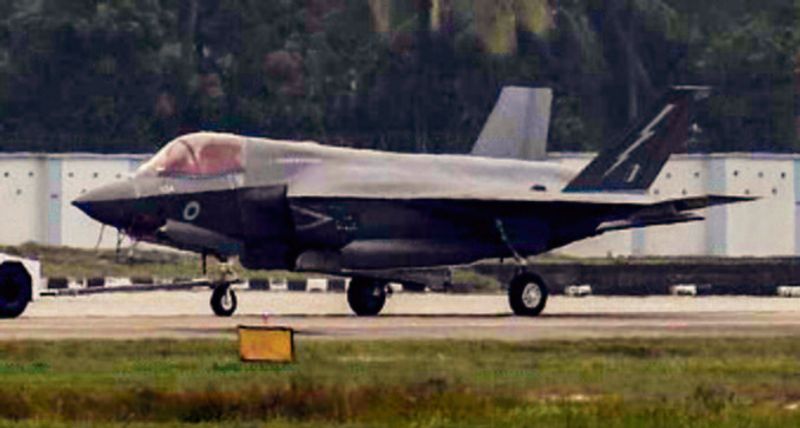Emergency Landing and Return of UK’s F-35B Stealth Fighter Jet
Nearly five weeks after the UK Royal Navy’s F-35B stealth fighter jet made an emergency landing at Thiruvananthapuram in Kerala, the advanced aircraft is preparing to leave the country. The multi-million-dollar jet has undergone repairs on its hydraulics system, which was a key factor in the emergency landing.
The jet is expected to take off from the airport in Thiruvananthapuram within the next 24 to 48 hours. The exact date will depend on the schedule and logistics arrangements made by the UK Royal Navy for both the aircraft and its pilot. The timing is crucial, as it involves coordinating with various international air traffic control systems and ensuring that all necessary support infrastructure is in place.
Once airborne, the F-35B is likely to head eastward towards Australia. There, it will rejoin the HMS Prince of Wales, an aircraft carrier currently operating in the Indo-Pacific region as part of Operation Highmast. This operation marks the UK’s strategic deployment in the area, focusing on maritime security and regional cooperation.
During its journey, the aircraft may refuel either mid-air or at one of the U.S. bases in the Philippines. This refueling plan is essential for allowing the pilot to rest and maintain operational readiness. The route chosen is carefully planned to ensure safety and efficiency, while also respecting the airspace regulations of the countries involved.
Sensitive Airspace and Coordination with Indian Authorities
As the jet is expected to fly over the sensitive Andaman and Nicobar Islands, the Indian air defense and coastal radar networks have been notified. This step is taken to prevent any unnecessary alarm at ground stations and to ensure smooth coordination between Indian authorities and the UK military. The presence of such advanced aircraft in the region requires careful monitoring and communication to avoid misunderstandings.
The emergency landing occurred on June 14 when the pilot requested a diversion due to low fuel levels over the Arabian Sea. At the time, the incident raised concerns about the aircraft’s operational status and the need for immediate maintenance. The UK Royal Navy quickly responded, sending technical teams to assess the situation and carry out the necessary repairs.
Implications for Regional Security and Military Cooperation
The return of the F-35B to active service highlights the ongoing collaboration between the UK and India in matters of defense and maritime security. While the incident itself was an unexpected event, it also showcased the level of preparedness and response mechanisms in place to handle such situations.
The presence of the UK’s aircraft carrier in the Indo-Pacific region underscores the growing importance of this area in global geopolitics. With increasing naval activity and strategic interests, the region remains a focal point for military alliances and joint operations.
For India, the incident serves as a reminder of the significance of maintaining strong diplomatic and military ties with other nations. It also emphasizes the need for continued dialogue and cooperation in managing shared airspace and maritime resources.
Overall, the F-35B’s return to service represents not just a technical success but also a demonstration of international collaboration in the face of unforeseen challenges. As the aircraft prepares to resume its mission, it continues to symbolize the complex web of relationships that define modern military operations.







